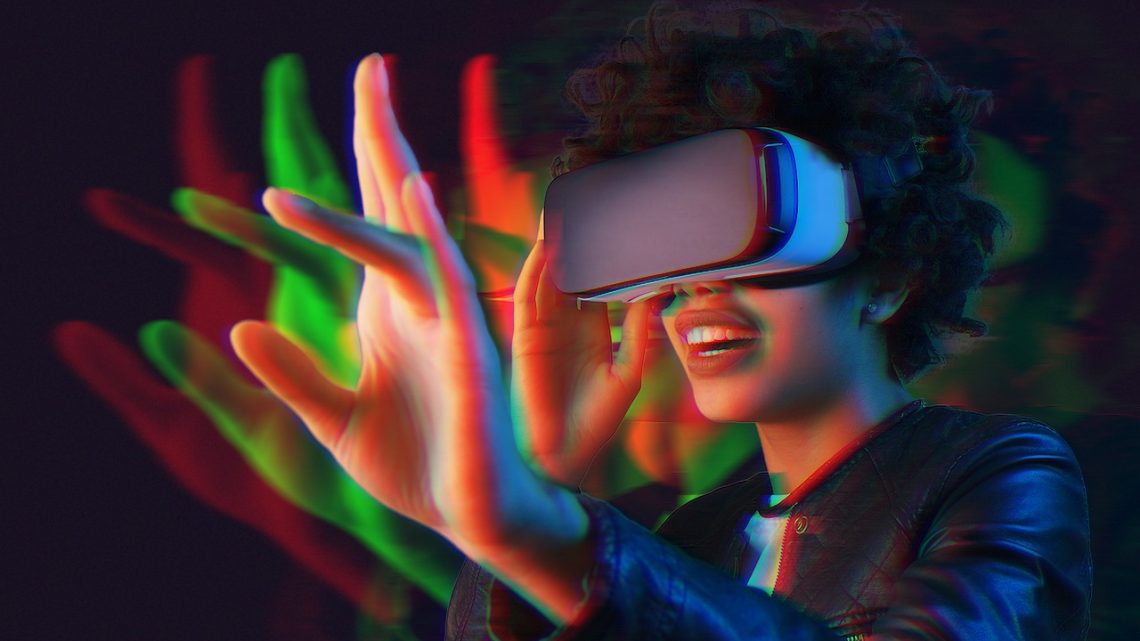What’s new in the metaverse today?
June 7, 2022The word ‘metaverse’ is becoming more and more popular in the IT world and giants such as Facebook and Microsoft are showing increasing interest in the matter. The term was used for the first time in 1992 by the writer Neal Stephenson in his novel Snow Crash. At the time, the metaverse was a science fiction fantasy similar to Jules Verne’s electric submarine in 1870. Yet, things are different now.
The new technologies and the popularity of social media platforms may indicate that the metaverse is possible in a near future. Nonetheless, the matter is still under discussion. Many experts argue whether the metaverse is possible and, if yes, what consequences it will bring.
Today, we present news about the metaverse which shows the advancements of this concept and the interest it arises in investors and tech experts. But first, let’s take a look at the basics.
What is the metaverse and how does it work?
The metaverse is the next step in the Internet revolution and consists of connected virtual environments. Unlike simple virtual reality settings, the metaverse is a unified virtual space where people can interact with each other. Mark Zuckerberg, one of the players in the industry that’s more committed to the development of the metaverse, described it thus:
“The metaverse is a group of virtual spaces where you’ll be able to create and explore along with other people that are not physically close to you”.
Although the metaverse is based on virtual reality, it goes beyond this concept. Users will be able to access the metaverse through VR devices while living a holistic experience. Experts promise that there will be new ways of interaction providing a more natural experience, without having to click buttons and push keys. Zuckerberg even states that users will be able to take action within the metaverse only with their thoughts. He also defended the concept from its detractors saying that people will be able to make eye contact with others.
The term ‘metaverse’ was created by the writer Neal Stephenson, who used it in a novel to describe a virtual space that converges with the physical world. Thirty years later, we wonder if this was more of a prediction than it was literary fiction, and modern technologies seem to indicate the former.
A clue that points to this is that the largest tech companies are putting efforts and investing money in the metaverse. This is the case of Facebook, which recently changed its name to ‘Meta’, and Microsoft.
Uses and advantages
The idea of entering a virtual reality to interact with others is not a new concept as it has already been implemented in video games like Second Life and Habbo Hotel. However, the metaverse intends to go beyond gaming into all areas of life. In other words, people won’t be online for mere entertainment but will be able to attend business meetings, tuition, family gatherings, and get-togethers with friends.
It’s worth noting that the metaverse concept was significantly boosted due to the COVID-19 pandemic. The lockdowns and movement restrictions created the need to use the virtual world for practically everything: work meetings, social gatherings, errands, etc. It seems that, in 2020 and 2021, people understood that relating through digital means has its advantages.
Here are some examples of how you can use the metaverse:
- Visit museums or faraway places
- Attend work meetings
- Take remote courses or classes
- Meet with friends and family
- Take a virtual tour of a property before buying it
- Shop (try out clothes or products before ordering them online)
What’s new in the metaverse?
The metaverse market is expected to be worth 5 trillion by 2030
There is a reason why investors are so interested in the metaverse: it will be a nutritious market. While CitiGroup analysts predicted a value of 13 trillion for 2030, experts from McKinsey & Company have a more conservative opinion. McKinsey predicts that the metaverse could be worth 5 trillion when the next decade starts with the key profitable areas being socializing, gaming, learning, fitness, and eCommerce.
eCommerce is expected to bring one of the major cash flows with a consuming flow between 2 and 2.6 trillion. Advertisement is also a great opportunity and can bring profits ranging from 144 to 206 billion dollars.
But we don’t have to go to the next decade to see the growth of the metaverse. In the first half of 2022, for example, the sector has received over 120,000 billion in investments, which is more than twice that last year. This speaks of the sector’s active growth which is likely to result in faster development.
Digital fragrances are soon to be a reality
Fashion will also have a place in the metaverse. Only a few months ago Nike released the first metaverse sneakers together with RTFKT studios. Now, RTFKT is going for the next goal which is to create virtual fragrances. For this, they partnered with Byredo to create ‘Alphameta’, a series of perfumes to be worn in the virtual world.
The initiative was inspired by video games and the company expects to use 26 ingredients to create a new aroma that conveys different feelings. Thus, someone’s virtual avatar can be scented to convey harmony, naivety, acuity, or virtue.
Digital training by Meta
Facebook’s parent company is planning to launch a digital academy in France. The goal is to train 100 students in the first year, and later 20 students each year across different cities in France. The academy will be training assistant technicians and developers who specialize in immersive technologies.
With this, Zuckerberg, one of the metaverse’s major advocates, is setting solid ground for testing metaverse learning while forming new professionals in the sector.


